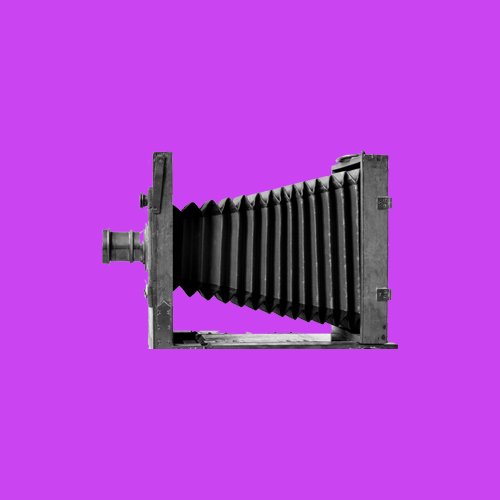Over time, both the idea of a camera and the methods for taking pictures have changed. "Camera" comes from the Latin "camera obscura," which translates to "dark chamber" or "dark room." The core idea behind the ancient camera obscura, an optical tool used by painters as a sketching assistance, is not new.
On the other hand, French inventor Joseph Nicephore Niepce is typically given credit for creating the first photographic camera. Niepce built his own camera and used it to take the first ever lasting photograph in 1826. He employed a technique known as heliography, and the exposure time for that picture was several hours.
Another French inventor, Louis Daguerre, carried on Niepce's work and in 1839 devised the daguerreotype method, which drastically shortened exposure durations. Daguerreotypes are regarded as some of the first practical examples of photography.
As a result, although the camera obscura has historical origins, Joseph Nicephore Niepce and Louis Daguerre are credited with creating the photographic camera as we know it today in the early 1800s.
What Is a Camera?
A camera is a device that records and captures visual data. It consists of a lens, a shutter, and a sensor. The film strip is momentarily exposed to light passing through the lens when a film camera takes a picture. This exposure produces a latent picture by burning an imprint into the emulsion. After being discovered, the latent image can be processed to make a negative, which can then be projected onto photo paper that is sensitive to light to produce a photograph. Photons of light enter digital photography through the lens and land on a digital optical sensor. A photographic image is produced by the millions of photodiodes that make up these sensors.
A Brief History of the Camera
The earliest cameras:
The camera obscura was the first camera ever made, according to historical accounts. Aristotle's writings from approximately 330 B.C. and Chinese manuscripts from 400 B.C. both contain conceptual explanations of camera obscura. By the year 1000 A.D., the Arab scholar Ibn Al-Haytham had developed the idea of a camera obscura. Instead of taking pictures, a camera obscura concentrates light through a lens—technically, a tiny hole—and projects it onto a screen. A near relative of the camera obscura is the pinhole camera. These gadgets are the forerunners of several modern technologies, including motion picture projectors, movie cameras, and still photography.
A design for a handed reflex camera was submitted in 1685 by German writer Johann Zahn. However, until the French inventor Joseph Nicéphore Niépce built a prototype in about 1816, no inventor had actually invented the camera.










